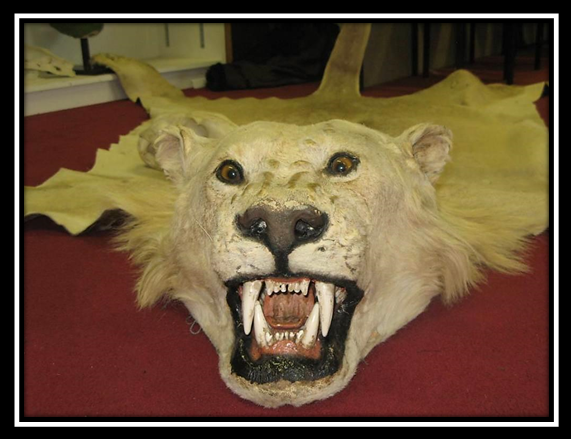|

It would appear that Zambia is gearing up for the 2017 hunting season. Applications for the allocation of quotas have been announced, probably indicating that most of the legal problems surrounding previous allocations of hunting concessions have been sorted out. It would also appear that concerns leading to the imposition of a lion trophy hunting moratorium in January 2013 have been assuaged, or at least papered over.
There were several factors contributing to the lion hunting moratorium being overturned in May 2015, including the appointment of a new Minister of Tourism and Arts, the dire financial straits of the relatively autonomous Zambia Wildlife Authority (now reformed as the government Department of National parks and Wildlife), positive recommendations by researchers and WWF-Zambia, and extensive lobbying by local and international hunting associations like SCI and SCI Foundation. Grassroots groups wanting to keep the moratorium in place at least until proper lion population counts were conducted were ignored.
This re-instatement of the ability to trophy hunt Zambia’s few remaining lions might not amount to much hunting activity taking place:
First, the USA has now listed lions as Threatened on their Endangered Species Act, effectively prohibiting trophy imports from lions across Africa. US hunters accounted for 59% of trophies exported from Zambia in the five years 2009-2014.
Second, the EU now requires import permits for all lion trophies, from Zambia and other African nations, to be issued. While the EU has not decided to pass a “negative opinion” on imports of Zambian lion trophies, France and the Netherlands have already enacted bans on further African lion trophy imports. European hunters accounted for a further 26% of lion trophies exported from Zambia.
Third, an EU proposal to CITES would significantly raise the burden of proof that future trophy hunting of a diversity of species, including lions, is much more carefully scrutinized and supported by sound scientific data. Furthermore the EU and its Member States are of the view that priority should be given to species where concerns have already been raised about the sustainability of trophies and specifically propose the African lions as a priority in this respect. The aim of any additional species-specific guidance should be to promote best management practice based on transparent and robust principles, and be developed in conjunction with exporting countries, drawing on expert opinion.
Fourth, lion trophies can no longer be imported into Australia.
Fifth, we intend to hold DEFRA Minister Rory Stewart and his successor to promises to implement a complete UK lion trophy import ban. In the interim, Minister Stewart also promised a specific ban on lion trophies from Zambia regardless of what measures are adopted at CITES. Unfortunately Rory Stewart reneged on this promise to enact a UK ban on Zambian lion trophies last December.
Sixth, there is a slight possibility that delegates at the upcoming CITES Conference of Parties will uplist lions across Africa to Appendix I as proposed by a number of western African states, but given past reluctance of CITES to consider either scientific information or invoke the precautionary principle, this is rather unlikely.
Overall, Zambia’s desire to subject their small and declining population of lions to further trophy hunting offtake might just be quelled by mounting import restrictions hampering 85% of their “customers”.
|




